Introduction
Dividend funds are an attractive investment option for those seeking a steady stream of passive income while building long-term wealth. These funds consist of a diversified portfolio of dividend-paying stocks, offering investors regular payouts without the need for active management. Passive income plays a crucial role in financial stability, providing a reliable cash flow that can supplement salaries, support retirement planning, or even reinvest for compounding growth. Dividend funds are particularly beneficial for retirees, conservative investors, and anyone looking to balance risk with consistent returns. By choosing high-quality dividend funds, investors can take advantage of compounding, diversification, and financial security while minimizing the volatility associated with individual stock investments.
What Are Dividend Funds?
Dividend funds are investment vehicles that pool together a variety of dividend-paying stocks, providing investors with regular income distributions. These funds operate by collecting dividends from the underlying stocks and distributing them to shareholders, offering a passive income stream without the need for direct stock selection or active management. Unlike individual dividend stocks, which require investors to pick and maintain a portfolio, dividend funds offer built-in diversification and reduce the risk associated with owning single companies. High-quality dividend funds are characterized by stable and growing dividend payouts, a diversified mix of reliable companies, and strong historical performance. By investing in such funds, individuals can enjoy consistent returns while benefiting from compounding and long-term wealth-building strategies.
Types of Dividend Funds
Dividend funds come in various forms, catering to different investment goals and risk tolerances. Dividend Stock ETFs (Exchange-Traded Funds) provide instant diversification by holding multiple dividend-paying stocks within a single fund, making them a cost-effective option for passive income seekers. Mutual Funds with a Dividend Focus operate similarly but are actively managed, offering professional oversight to optimize returns. International Dividend Funds expand opportunities beyond domestic markets, investing in foreign companies with strong dividend histories, which can enhance diversification and provide exposure to global economic growth. These funds are ideal for investors looking to balance risk across different regions and industries.
For those seeking higher yields, High-Yield Dividend Funds focus on stocks with above-average dividend payouts, often in sectors like utilities, real estate, and energy. While they offer attractive income streams, investors should be mindful of potential volatility and dividend sustainability. Meanwhile, Dividend Growth Funds prioritize companies with a consistent track record of increasing dividends over time, making them a great choice for long-term wealth accumulation and inflation protection. By selecting the right mix of dividend funds, investors can build a portfolio that aligns with their financial objectives, ensuring steady income, growth potential, and risk management in an ever-changing market.
Advantages of Investing in Dividend Funds
Investing in dividend funds offers several advantages, making them an appealing choice for both new and seasoned investors. One of the most significant benefits is the steady income stream they provide. By holding a portfolio of dividend-paying stocks, investors can receive regular payouts, offering financial stability and passive income. This can be particularly valuable for retirees or those looking to supplement their earnings without actively managing their investments. Additionally, dividend funds offer diversification benefits, reducing exposure to the risks of individual stocks. Since these funds spread investments across multiple companies, industries, and sometimes global markets, they help balance returns and minimize volatility.
Another key advantage is the lower risk compared to individual stocks. While investing in single dividend stocks can be risky—due to company-specific issues such as earnings declines or dividend cuts—dividend funds reduce that risk by spreading capital across a variety of high-quality dividend-paying companies. Furthermore, investors can harness compounding and reinvestment opportunities, allowing their dividends to be reinvested back into the fund for exponential growth over time. This strategy can significantly boost wealth accumulation over the long term. Lastly, dividend funds may offer tax benefits in certain accounts, such as tax-advantaged retirement accounts like IRAs or 401(k)s, where dividend income can grow tax-deferred or even tax-free in some cases. Overall, dividend funds provide a well-rounded investment approach that balances income generation, risk management, and long-term financial growth.
Risks and Challenges of Dividend Funds
Investing in dividend funds comes with its own set of risks and challenges that investors should be aware of before committing their capital. One key concern is interest rate sensitivity—dividend funds, particularly those invested in high-yield stocks, often experience volatility when interest rates rise, as investors may shift to fixed-income assets like bonds. Additionally, market fluctuations can impact dividend funds, as economic downturns or sector-specific challenges may lead to declines in stock prices and, in some cases, affect dividend payouts.
Another critical risk is dividend cuts or reductions, where companies within the fund may lower or eliminate dividends due to financial struggles, negatively impacting income expectations. Investors should also consider management fees and expenses, as actively managed dividend funds may carry higher costs, which can eat into returns over time. Conducting thorough research and choosing funds with reasonable expense ratios can help mitigate this risk.
How to Choose the Best Dividend Fund
To choose the best dividend fund, investors should start by assessing dividend yield vs. dividend growth—some funds focus on high payouts, while others prioritize companies that consistently increase dividends over time. Understanding personal financial goals can help determine which strategy is better suited. Investors should also examine expense ratios and fees, ensuring they are not paying excessive costs that diminish returns. Looking at a fund’s historical performance and stability is crucial, as long-term reliability often indicates solid management and investment choices. Sector and geographic diversification should also be considered, as funds that spread investments across industries and regions tend to be more resilient against economic downturns. Finally, reviewing the fund holdings and strategy ensures that investors align with the fund’s objectives, whether it emphasizes growth, income, or risk minimization. Taking these steps can help build a strong dividend portfolio that supports long-term financial success.
Top Dividend Funds to Consider
Investors looking for reliable dividend funds have several strong options with proven historical returns and consistent payouts. Some of the top-performing funds include Vanguard Dividend Appreciation ETF (VIG), which focuses on companies with a history of increasing dividends, and Schwab U.S. Dividend Equity ETF (SCHD), known for its balance of yield and growth. Additionally, Fidelity High Dividend ETF (FDVV) and Franklin U.S. Low Volatility High Dividend ETF (LVHD) are popular choices for those seeking steady income. International investors may consider Schwab International Dividend Equity ETF (SCHY), which offers exposure to global dividend-paying stocks with a strong yield. These funds provide diversification, stability, and long-term income potential, making them attractive for passive income seekers.
Strategies for Maximizing Dividend Income
To make the most of dividend funds, investors can employ several key strategies. Reinvesting dividends for growth allows for compounding returns, where dividends are automatically reinvested to purchase more shares, increasing future payouts. Balancing yield with risk is crucial—while high-yield funds offer larger payouts, they may come with greater volatility, so diversifying across different dividend strategies can help mitigate risk. Using dividend funds for retirement income is a smart approach, as they provide a steady cash flow that can supplement pensions or Social Security benefits. Lastly, combining dividend funds with other assets, such as bonds or growth stocks, can create a well-rounded portfolio that balances income generation with capital appreciation. By implementing these strategies, investors can optimize their dividend income while maintaining financial stability.
Conclusion
Dividend funds offer a compelling investment strategy for those seeking steady passive income, diversification, and long-term wealth accumulation. By selecting high-quality dividend funds, investors can benefit from consistent payouts, reduced risk compared to individual stocks, and opportunities for compounding returns. Whether focusing on high-yield funds for immediate income or dividend growth funds for long-term stability, investors can tailor their portfolios to meet their financial goals.
Dividend investing is not only a powerful wealth-building tool but also an effective way to create financial security over time. With the right strategy, investors can maximize their returns while minimizing risks, making dividend funds a smart addition to any investment portfolio. As with any investment decision, conducting thorough research and considering personal financial objectives will ensure the best results in building a sustainable and profitable dividend portfolio.
🚀 Master Dividend Investing – Unlock Passive Income 💰
Looking to supercharge your portfolio and live off dividends? Dive into these expert resources:
🏆 Top Dividend Stocks & Investing Strategies
💰 Dividend Funds & High-Yield ETFs
⚡ Dividend Essentials & Tax Strategies
🔗 Bookmark this guide & start your journey to financial independence! 🚀💸
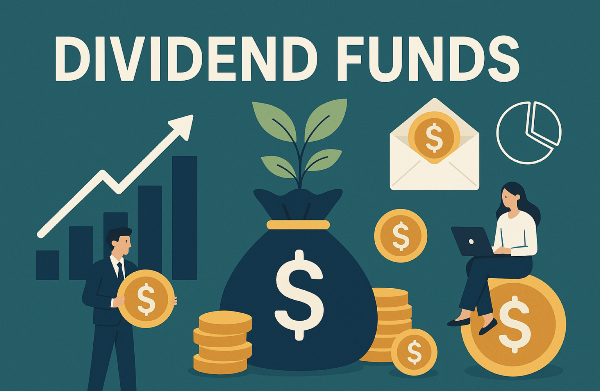

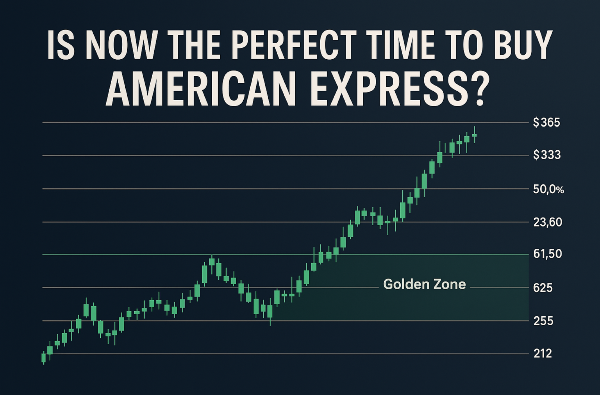
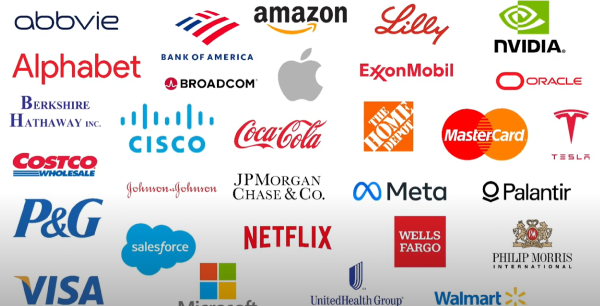
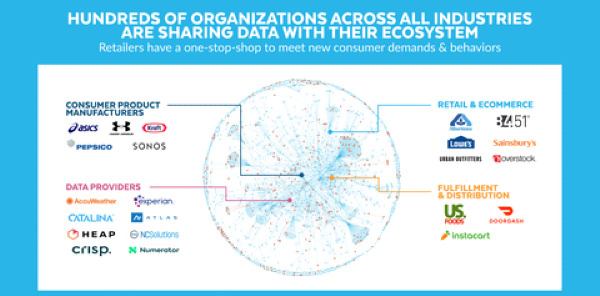
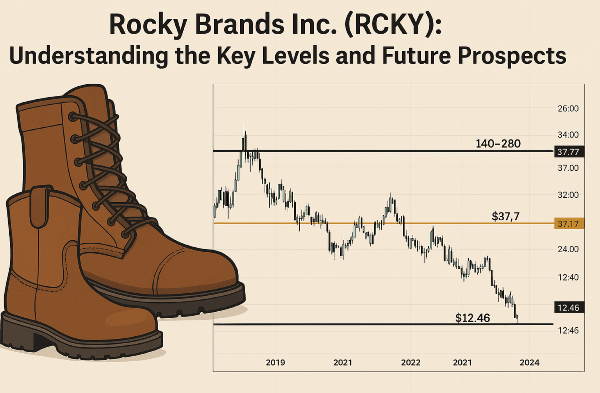


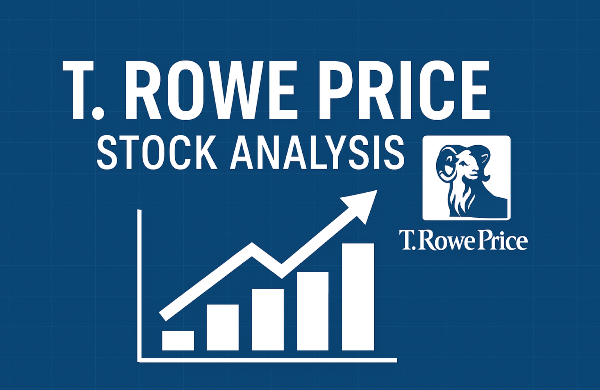
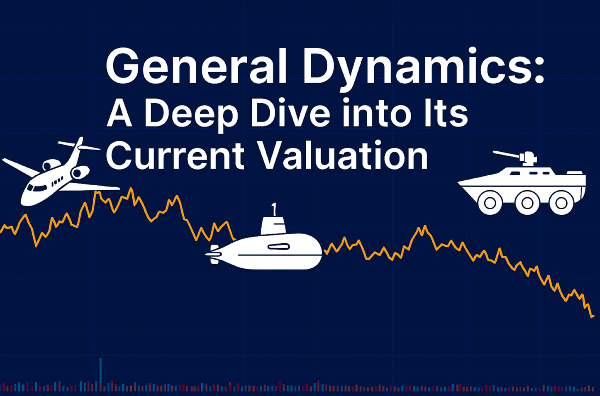

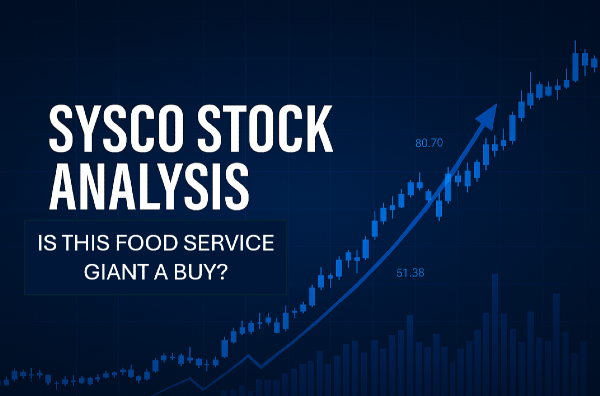
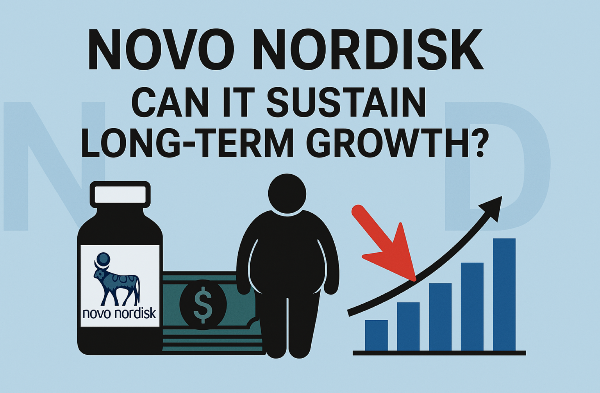

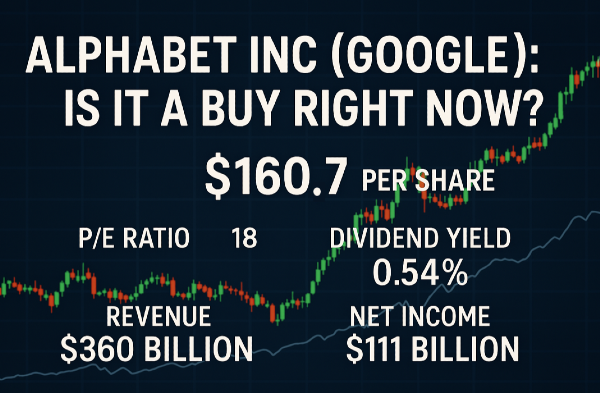

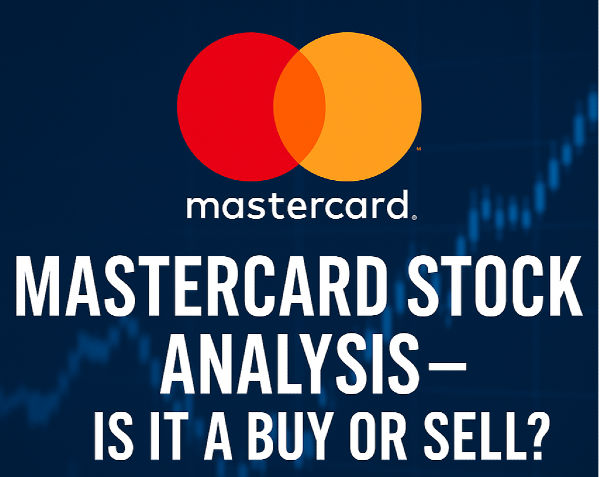

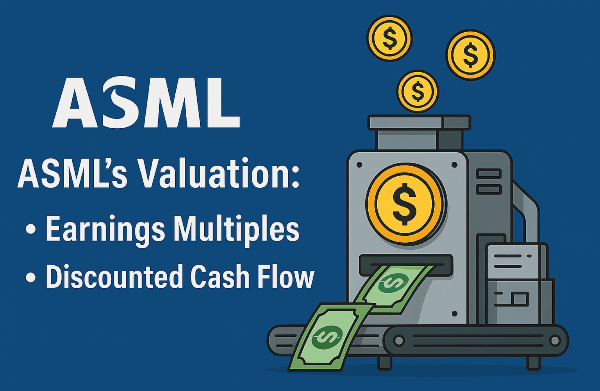

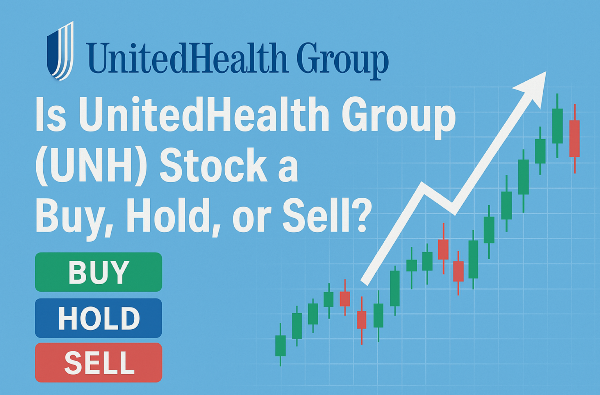
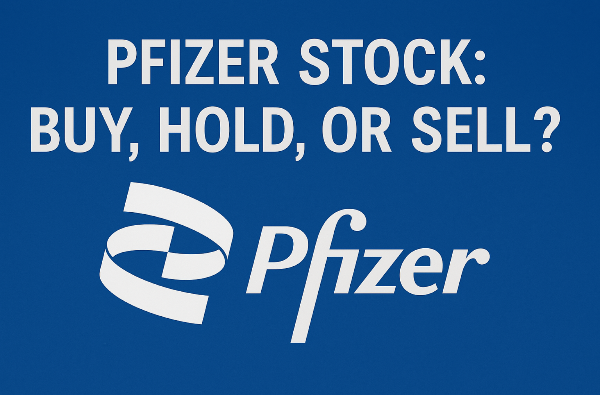








Introduction
Dividend funds are an attractive investment option for those seeking a steady stream of passive income while building long-term wealth. These funds consist of a diversified portfolio of dividend-paying stocks, offering investors regular payouts without the need for active management. Passive income plays a crucial role in financial stability, providing a reliable cash flow that can supplement salaries, support retirement planning, or even reinvest for compounding growth. Dividend funds are particularly beneficial for retirees, conservative investors, and anyone looking to balance risk with consistent returns. By choosing high-quality dividend funds, investors can take advantage of compounding, diversification, and financial security while minimizing the volatility associated with individual stock investments.
What Are Dividend Funds?
Dividend funds are investment vehicles that pool together a variety of dividend-paying stocks, providing investors with regular income distributions. These funds operate by collecting dividends from the underlying stocks and distributing them to shareholders, offering a passive income stream without the need for direct stock selection or active management. Unlike individual dividend stocks, which require investors to pick and maintain a portfolio, dividend funds offer built-in diversification and reduce the risk associated with owning single companies. High-quality dividend funds are characterized by stable and growing dividend payouts, a diversified mix of reliable companies, and strong historical performance. By investing in such funds, individuals can enjoy consistent returns while benefiting from compounding and long-term wealth-building strategies.
Types of Dividend Funds
Dividend funds come in various forms, catering to different investment goals and risk tolerances. Dividend Stock ETFs (Exchange-Traded Funds) provide instant diversification by holding multiple dividend-paying stocks within a single fund, making them a cost-effective option for passive income seekers. Mutual Funds with a Dividend Focus operate similarly but are actively managed, offering professional oversight to optimize returns. International Dividend Funds expand opportunities beyond domestic markets, investing in foreign companies with strong dividend histories, which can enhance diversification and provide exposure to global economic growth. These funds are ideal for investors looking to balance risk across different regions and industries.
For those seeking higher yields, High-Yield Dividend Funds focus on stocks with above-average dividend payouts, often in sectors like utilities, real estate, and energy. While they offer attractive income streams, investors should be mindful of potential volatility and dividend sustainability. Meanwhile, Dividend Growth Funds prioritize companies with a consistent track record of increasing dividends over time, making them a great choice for long-term wealth accumulation and inflation protection. By selecting the right mix of dividend funds, investors can build a portfolio that aligns with their financial objectives, ensuring steady income, growth potential, and risk management in an ever-changing market.
Advantages of Investing in Dividend Funds
Investing in dividend funds offers several advantages, making them an appealing choice for both new and seasoned investors. One of the most significant benefits is the steady income stream they provide. By holding a portfolio of dividend-paying stocks, investors can receive regular payouts, offering financial stability and passive income. This can be particularly valuable for retirees or those looking to supplement their earnings without actively managing their investments. Additionally, dividend funds offer diversification benefits, reducing exposure to the risks of individual stocks. Since these funds spread investments across multiple companies, industries, and sometimes global markets, they help balance returns and minimize volatility.
Another key advantage is the lower risk compared to individual stocks. While investing in single dividend stocks can be risky—due to company-specific issues such as earnings declines or dividend cuts—dividend funds reduce that risk by spreading capital across a variety of high-quality dividend-paying companies. Furthermore, investors can harness compounding and reinvestment opportunities, allowing their dividends to be reinvested back into the fund for exponential growth over time. This strategy can significantly boost wealth accumulation over the long term. Lastly, dividend funds may offer tax benefits in certain accounts, such as tax-advantaged retirement accounts like IRAs or 401(k)s, where dividend income can grow tax-deferred or even tax-free in some cases. Overall, dividend funds provide a well-rounded investment approach that balances income generation, risk management, and long-term financial growth.
Risks and Challenges of Dividend Funds
Investing in dividend funds comes with its own set of risks and challenges that investors should be aware of before committing their capital. One key concern is interest rate sensitivity—dividend funds, particularly those invested in high-yield stocks, often experience volatility when interest rates rise, as investors may shift to fixed-income assets like bonds. Additionally, market fluctuations can impact dividend funds, as economic downturns or sector-specific challenges may lead to declines in stock prices and, in some cases, affect dividend payouts.
Another critical risk is dividend cuts or reductions, where companies within the fund may lower or eliminate dividends due to financial struggles, negatively impacting income expectations. Investors should also consider management fees and expenses, as actively managed dividend funds may carry higher costs, which can eat into returns over time. Conducting thorough research and choosing funds with reasonable expense ratios can help mitigate this risk.
How to Choose the Best Dividend Fund
To choose the best dividend fund, investors should start by assessing dividend yield vs. dividend growth—some funds focus on high payouts, while others prioritize companies that consistently increase dividends over time. Understanding personal financial goals can help determine which strategy is better suited. Investors should also examine expense ratios and fees, ensuring they are not paying excessive costs that diminish returns. Looking at a fund’s historical performance and stability is crucial, as long-term reliability often indicates solid management and investment choices. Sector and geographic diversification should also be considered, as funds that spread investments across industries and regions tend to be more resilient against economic downturns. Finally, reviewing the fund holdings and strategy ensures that investors align with the fund’s objectives, whether it emphasizes growth, income, or risk minimization. Taking these steps can help build a strong dividend portfolio that supports long-term financial success.
Top Dividend Funds to Consider
Investors looking for reliable dividend funds have several strong options with proven historical returns and consistent payouts. Some of the top-performing funds include Vanguard Dividend Appreciation ETF (VIG), which focuses on companies with a history of increasing dividends, and Schwab U.S. Dividend Equity ETF (SCHD), known for its balance of yield and growth. Additionally, Fidelity High Dividend ETF (FDVV) and Franklin U.S. Low Volatility High Dividend ETF (LVHD) are popular choices for those seeking steady income. International investors may consider Schwab International Dividend Equity ETF (SCHY), which offers exposure to global dividend-paying stocks with a strong yield. These funds provide diversification, stability, and long-term income potential, making them attractive for passive income seekers.
Strategies for Maximizing Dividend Income
To make the most of dividend funds, investors can employ several key strategies. Reinvesting dividends for growth allows for compounding returns, where dividends are automatically reinvested to purchase more shares, increasing future payouts. Balancing yield with risk is crucial—while high-yield funds offer larger payouts, they may come with greater volatility, so diversifying across different dividend strategies can help mitigate risk. Using dividend funds for retirement income is a smart approach, as they provide a steady cash flow that can supplement pensions or Social Security benefits. Lastly, combining dividend funds with other assets, such as bonds or growth stocks, can create a well-rounded portfolio that balances income generation with capital appreciation. By implementing these strategies, investors can optimize their dividend income while maintaining financial stability.
Conclusion
Dividend funds offer a compelling investment strategy for those seeking steady passive income, diversification, and long-term wealth accumulation. By selecting high-quality dividend funds, investors can benefit from consistent payouts, reduced risk compared to individual stocks, and opportunities for compounding returns. Whether focusing on high-yield funds for immediate income or dividend growth funds for long-term stability, investors can tailor their portfolios to meet their financial goals.
Dividend investing is not only a powerful wealth-building tool but also an effective way to create financial security over time. With the right strategy, investors can maximize their returns while minimizing risks, making dividend funds a smart addition to any investment portfolio. As with any investment decision, conducting thorough research and considering personal financial objectives will ensure the best results in building a sustainable and profitable dividend portfolio.
🚀 Master Dividend Investing – Unlock Passive Income 💰
Looking to supercharge your portfolio and live off dividends? Dive into these expert resources:
🏆 Top Dividend Stocks & Investing Strategies
💰 Dividend Funds & High-Yield ETFs
⚡ Dividend Essentials & Tax Strategies
🔗 Bookmark this guide & start your journey to financial independence! 🚀💸